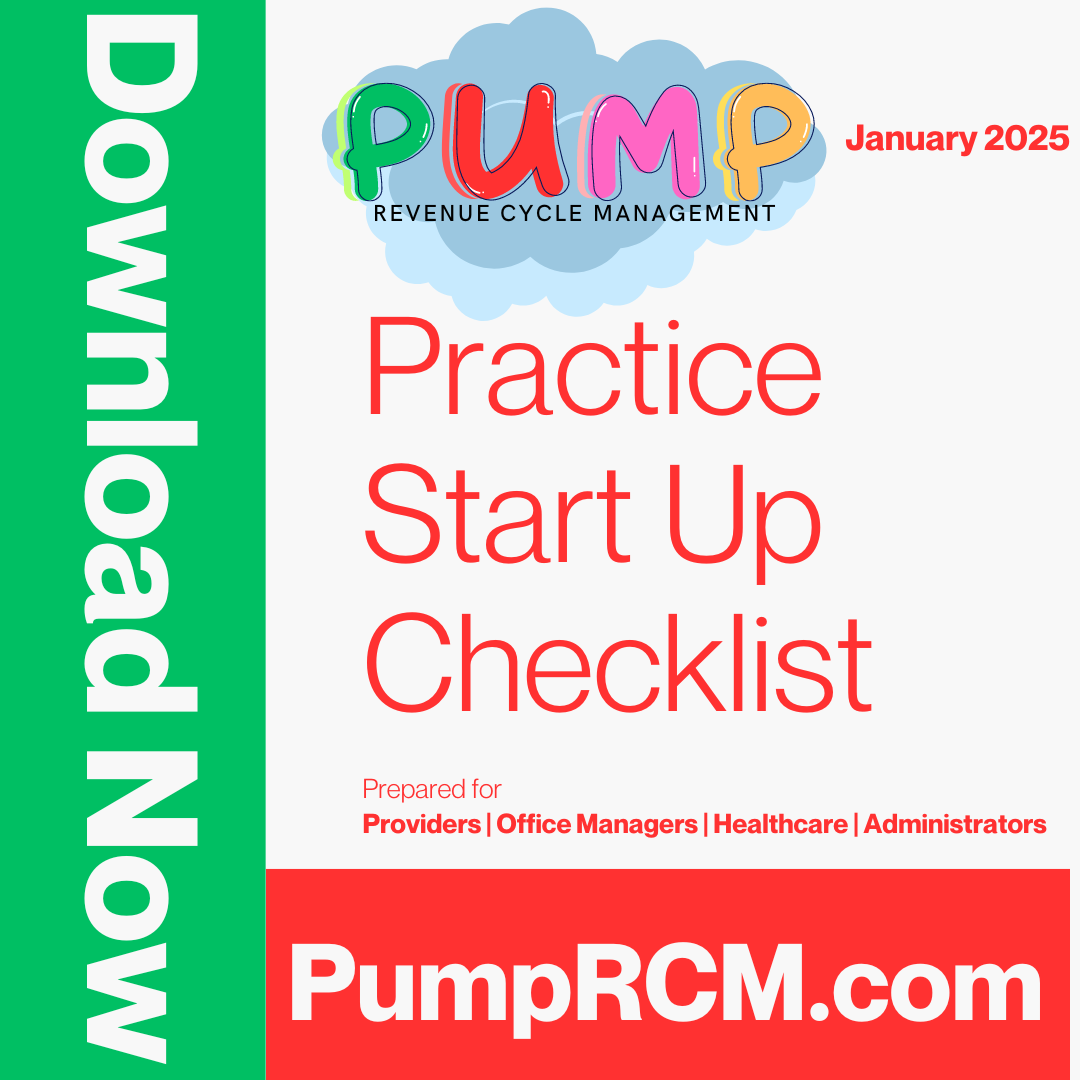The Value of Healthcare RCM in Enhancing Capital and Efficiency
The Value of Healthcare RCM in Enhancing Capital and Efficiency
Blog Article
A Comprehensive Overview on How Health Care RCM Works to Improve Invoicing and Collections
Browsing the complexities of healthcare revenue cycle monitoring (RCM) is important for providers intending to improve their payment and collections procedures. The guide unpacks the details of RCM, from patient registration to balance dues monitoring, providing understandings right into enhancing each step. Incorporating sophisticated innovation and standard procedures can significantly reduce case denials and increase repayment cycles. Yet, real difficulty depends on flawlessly combining these elements to enhance capital. As we discover the core elements and strategies that drive performance, one question continues to be: exactly how can healthcare entities finest position themselves to prosper financially in an ever-evolving market?
Understanding Profits Cycle Monitoring
Grasping the ins and outs of Earnings Cycle Monitoring (RCM) is vital for medical care organizations intending to optimize their economic efficiency. RCM is an important management feature that includes the whole financial process of individual treatment, from the first appointment setting to the final settlement of the equilibrium. It is a complex procedure designed to recognize, collect, and manage the revenue from the solutions provided to clients. Efficient RCM ensures that health care carriers obtain prompt and accurate payments, decreasing the danger of income loss and improving money circulation.
The RCM procedure starts when a person routines an appointment and expands via the person's care trip, consisting of billing and collections. A crucial objective is to reduce the time in between getting and providing a service repayment, hence enhancing the company's monetary health. RCM entails numerous features such as patient registration, insurance coverage confirmation, charge capture, coding, asserts submission, payment publishing, and dealing with charms and denials.
Trick Components of RCM
In the world of Income Cycle Management (RCM), recognizing its essential parts is basic to achieving economic efficiency within medical care organizations. RCM is a comprehensive procedure that incorporates various phases, each important to making certain reliable billing and collections. The primary elements consist of patient registration, insurance coverage verification, fee capture, coding, insurance claim entry, repayment uploading, and receivable management.


As soon as coded, insurance claims are submitted to payers, where accuracy is critical to prevent hold-ups or beings rejected - Healthcare RCM. Payment publishing entails recording the received payments, which enables for the reconciliation of accounts. Lastly, balance dues management focuses on tracking and resolving overdue insurance claims, guaranteeing timely follow-up and resolution
Each element of RCM is interconnected, and ineffectiveness in any type of part can disrupt the entire cycle. Consequently, understanding these components is important for doctor to maximize profits and enhance their economic health and wellness.
Strategies for Efficient Invoicing

Systematizing payment procedures throughout the organization is an additional crucial method. Establishing clear standards for paperwork, coding, and entry aids keep uniformity and compliance with governing requirements. Training team on a regular basis on these treatments ensures everyone is current with the most current modifications in billing codes and payer plans.
Precise cost capture is important in avoiding revenue leak. Carrying out routine audits and monitoring systems enables the identification and correction of inconsistencies prior to they impact earnings. Additionally, maintaining open lines of interaction with payers aids to promptly settle any type of disputes or misconceptions that may arise.

Finally, interesting people early in the payment process by offering clear quotes and educational materials concerning their financial responsibilities can considerably decrease confusion and boost repayment timeliness. These techniques jointly add to a more efficient and monetarily healthy and balanced invoicing system.
Enhancing Collections Processes
Given the intricacies of medical invoicing and the range of payer requirements, boosting the collections process includes applying critical actions that ensure precise and timely repayment of services rendered. Automation tools can aid in tracking claim statuses, sending out prompt pointers to individuals, and taking care of rejections extra effectively.
Educating see this personnel to recognize the nuances of insurance coverage and payment codes is similarly vital. This knowledge equips them to address billing inconsistencies swiftly and communicate effectively with clients concerning their economic duties. Moreover, clear and transparent client interactions are essential. Giving thorough descriptions of costs and providing versatile settlement plans can enhance individual fulfillment and timely repayments.
Regular audits of the collections process ought to be conducted to recognize areas for improvement and make certain conformity with policies. By assessing information, health care organizations can recognize patterns, expect possible problems, and adapt strategies as necessary (Healthcare RCM). Eventually, a well-enhanced collections process not just supports monetary health and wellness yet also contributes to a more seamless experience for people and team alike
Optimizing Earnings Streams
Building upon the foundation of a solid collections procedure, health care organizations can additionally boost their financial stability by strategically optimizing profits streams. This involves a multi-faceted approach, starting with a detailed analysis of existing income sources to recognize inefficiencies and areas for growth. Utilizing advanced data analytics devices makes it possible for companies to get understandings into payer mix, patient demographics, and service usage patterns, permitting data-driven choices that boost income capture.
Executing automated invoicing systems can dramatically reduce errors and quicken insurance claims refining, guaranteeing that profits is accumulated much discover this info here more efficiently. Furthermore, optimizing payer agreements via normal arrangements can boost compensation prices and terms, straight influencing the bottom line. Branching out solution offerings, such as incorporating telehealth or wellness programs, can also bring in a broader patient base, hence boosting revenue capacity.
Another crucial component is improving person involvement and fulfillment, as completely satisfied patients are most likely to stick to treatment strategies and make timely repayments. Supplying flexible settlement options and clear billing techniques can improve collections and foster person commitment. Healthcare RCM. By adopting these methods, medical care organizations can develop an extra resistant monetary structure, ensuring sustained growth and security in an ever-changing sector landscape
Final Thought
In final thought, healthcare Revenue Cycle Administration (RCM) plays an important role in maximizing invoicing and collections processes by integrating key components such as individual registration, insurance coverage verification, fee capture, coding, declares entry, and accounts receivable administration. By employing sophisticated innovation, standardizing treatments, and cultivating patient involvement, health care providers can substantially lower claim denials, accelerate settlement cycles, and boost capital. This comprehensive approach to RCM eventually leads to boosted monetary effectiveness and sustainability for health care organizations.
The RCM process begins when an individual routines a visit and expands via the client's treatment journey, including billing and collections.One more essential component is enhancing patient interaction and fulfillment, as pleased people are a lot more likely to stick to therapy plans and make prompt repayments. Providing flexible payment alternatives and clear payment techniques can improve collections and foster individual commitment.In final thought, health care Earnings Cycle Monitoring (RCM) plays a crucial function in optimizing payment and collections procedures by incorporating key components such as client registration, insurance verification, cost capture, coding, claims submission, and accounts receivable management. By utilizing sophisticated modern technology, systematizing procedures, and Visit Website promoting individual engagement, health care providers can substantially reduce claim rejections, speed up settlement cycles, and boost money circulation.
Report this page